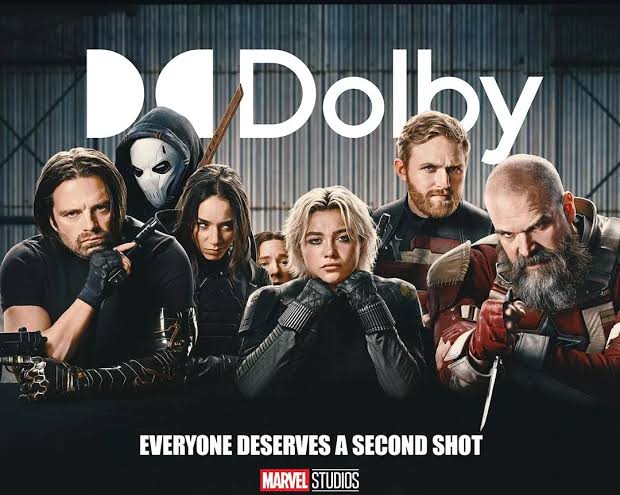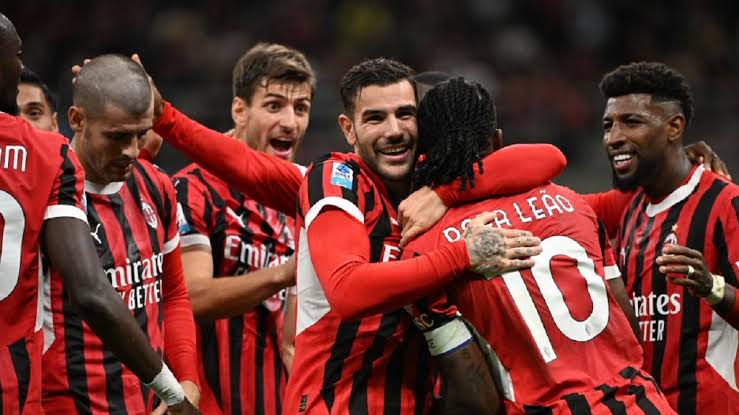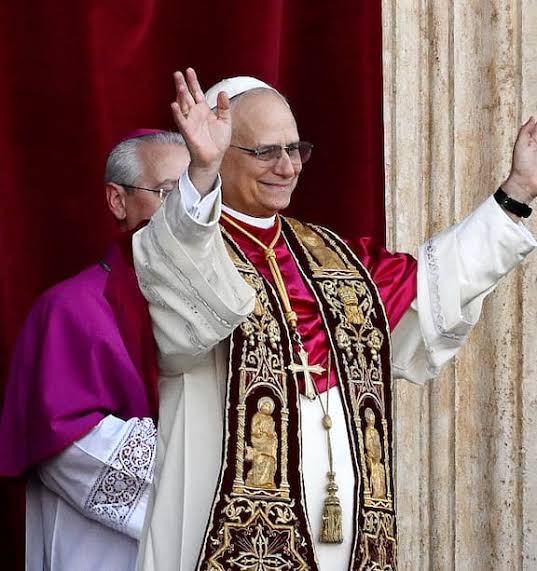
Marvel Studios has once again expanded the boundaries of its cinematic universe with the release of Thunderbolts, a highly anticipated film that brings together an unlikely team of antiheroes. Released globally on May 2, 2025, Thunderbolts marks a dramatic tonal shift in the Marvel Cinematic Universe (MCU), diving into darker, morally complex territory while introducing a fresh lineup of characters navigating redemption, loyalty, and betrayal.
A Team Unlike Any Other
At the heart of Thunderbolts is a ragtag group of antiheroes and reformed villains assembled for a covert mission that blurs the line between right and wrong. The team features Yelena Belova (Florence Pugh), Bucky Barnes/Winter Soldier (Sebastian Stan), John Walker/U.S. Agent (Wyatt Russell), Ghost (Hannah John-Kamen), Red Guardian (David Harbour), Taskmaster (Olga Kurylenko), and the enigmatic Sentry (Lewis Pullman), whose casting was a closely guarded secret until the film’s official trailer dropped.
Lewis Pullman’s portrayal of Sentry brings emotional depth to the film, as his character struggles with immense power and psychological instability. Critics have praised Pullman for delivering one of the MCU’s most nuanced performances, adding layers of vulnerability to a character who could have easily been a straightforward powerhouse.
“The Thunderbolts aren’t the Avengers,” director Jake Schreier said in a recent interview. “They’re messy, unpredictable, and morally conflicted. That makes them compelling. We wanted to explore what happens when heroes aren’t perfect.”
Production Challenges and On-Set Adventures
Filming Thunderbolts took the cast and crew across multiple continents, with locations in Atlanta, Utah’s desert landscapes, and urban settings in Kuala Lumpur doubling for a fictional Eastern European country. The shoot wasn’t without its obstacles: Florence Pugh recounted a terrifying encounter with a scorpion during a night shoot in the desert, while Wyatt Russell suffered a minor head injury while filming an intense action scene.
“We pushed ourselves physically and emotionally on this one,” said Pugh. “Every character is carrying a burden, and that bleeds into every punch, every decision, every betrayal.”
The film’s action sequences were choreographed to feel raw and grounded, setting them apart from the polished spectacle of earlier MCU entries. “We didn’t want clean superhero fights,” said fight coordinator Sam Hargrave. “We wanted brawls that felt desperate, personal, and painful.”
Evolving Storylines and a Surprising Villain
Interestingly, Thunderbolts underwent significant script changes during development. Early drafts positioned John Walker as the film’s primary antagonist, but as the narrative evolved, the focus shifted to Sentry’s internal conflict, making him both ally and potential threat. This pivot allowed for deeper exploration of mental health, trauma, and the dangerous side of unchecked power.
“We realized the most compelling villain was within the team itself,” explained screenwriter Eric Pearson. “When the monster is someone you care about, the stakes feel personal and heartbreaking.”
A Post-Credits Scene That Changes Everything
True to Marvel tradition, Thunderbolts features a post-credits scene that fans are already calling a game-changer. Directed by the Russo Brothers, the scene introduces a shadowy figure assembling a new roster of heroes—hinting at the arrival of the Fantastic Four and possibly laying groundwork for Secret Wars.
“We wanted the audience to leave the theater asking, ‘What comes next?’” teased Anthony Russo. “And believe me, we have plans.”
Critical and Fan Reception
Early reviews of Thunderbolts praise its willingness to tackle complex themes of loyalty, guilt, and redemption. Many critics have called it a “refreshing risk” for Marvel, with standout performances from Florence Pugh and Lewis Pullman anchoring the ensemble. Fans have also applauded the film’s gritty tone and more intimate storytelling.
“It’s not about saving the world with a giant laser in the sky,” one reviewer noted. “It’s about saving yourself.”
The film’s darker themes and morally ambiguous characters seem to signal a new era for the MCU—one willing to explore shades of gray rather than clear-cut heroism.
What’s Next for the Thunderbolts?
With the film’s strong box office opening and positive critical response, rumors are already swirling about a sequel or spinoff series on Disney+. Marvel has not officially confirmed future projects, but Kevin Feige hinted at Thunderbolts playing a “pivotal role” in the MCU’s next phase.
“There’s a reason these characters came together,” Feige said cryptically. “Their story is far from over.”
As Thunderbolts continues to draw audiences worldwide, it stands as a bold testament to Marvel’s willingness to evolve. By embracing darker narratives, morally complex characters, and grittier aesthetics, the MCU proves it still has plenty of surprises left for its fans—and isn’t afraid to break its own rules to tell compelling stories.



